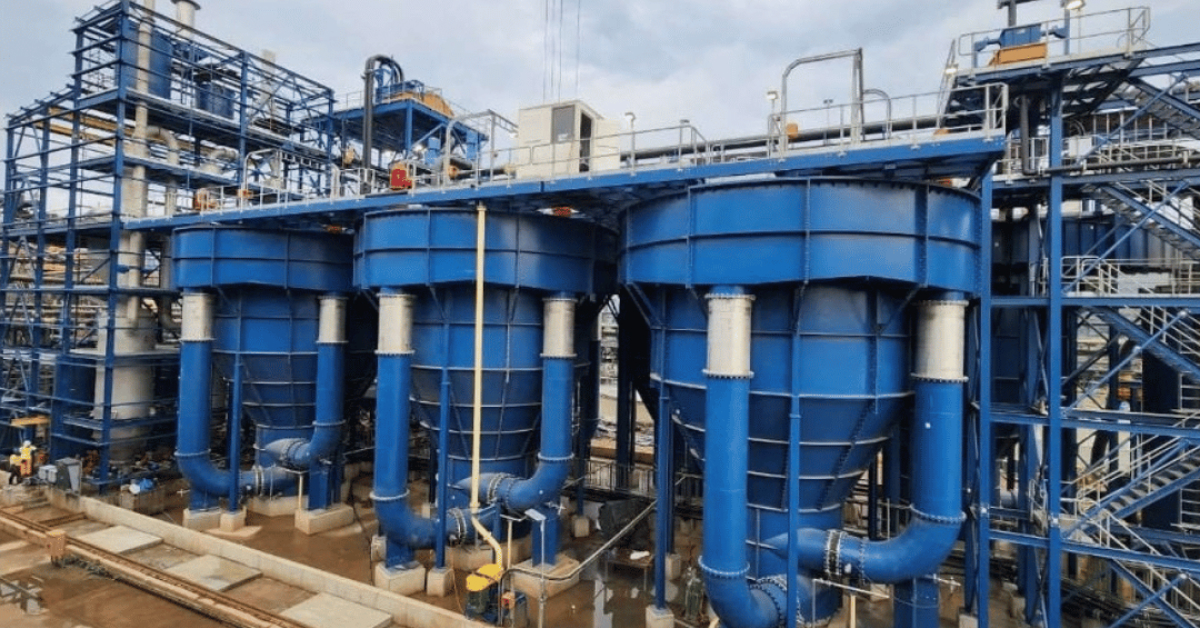There are many initiatives on the go to try and secure a future for the South African steel industry. Living in SA, however, seems a bit like playing a fast-moving game of chess with both hands tied behind your back doesn’t it? So how do we move forward and continue to make positive progress with all the curveballs being thrown in our way?
Well, we need a plan! This has been highlighted in a recent research report on the downstream industry commissioned by the South African Iron and Steel Institute (SAISI). Obviously everyone shouts, but the trick is to have a plan all stakeholders (downstream and upstream industry, labour and government) can buy into.
Many organizations, associations and government departments including the “Steel Task Team” have been working furiously to solve the problem. Much more co-ordination is needed to draw all the good work together and implement recommendations as fast as possible. I would like to share some of the progress with you and then perhaps highlight some challenges going forward which we have no option but to solve together.
Fabricated Structural Steel, Transmission line Steelwork and line hardware
The import tariff has been at the bound rate of 15% for some time already, Designation was implemented in February 2017, Monitoring and implementation are a work in progress.
Codes and Standards and contractual issues need additional work and co-ordination. HS codes which are used to sidestep duties are being addressed with applications to move them to the bound rates are in.
Tube and Pipe
Bound Rates are still a challenge and designation has been implemented on large bore spiral pipe only. More work needs to be done particularly with the introduction of safeguards on hot rolled coil. There are applications in to address the bound rates but we may need anti-dumping in addition to this.
Roofing and cladding
There is currently a study underway to try and secure bound rates on finished goods and to look at the possibility of anti-dumping. Other initiatives require co-ordination and cooperation of the industry players.
The downgrade is a major concern for construction as it will affect our GDP and gross capital fixed formation which is critical to funding large projects. Designation only helps if it is implemented and Government has funds to implement projects. The time it takes to prepare proper submissions for downstream tariff applications is significant and you have to show that you are an industry in distress.
We have a situation where upstream industry has been protected to some extent but downstream industry is exposed. China indicated a record production in April 2017 and they have a plan! “One belt and road”. Finished goods or downstream manufacturers have been moving to imports and a strategy is needed to encourage local manufacturing.
Is comprehensive restructuring of the industry needed? What can we manufacture? Where are we competitive? How do we reinvent ourselves for this new world we are living in? How do we do it as quickly as possible?
No business can survive in an environment of unfair competition and limited work prospects. So the priority is to find new markets both in terms of products and locations to stay in business. A move to get out of junk status as fast as possible coupled with encouraging investment would change the situation quickly and we can only hope government is listening.






